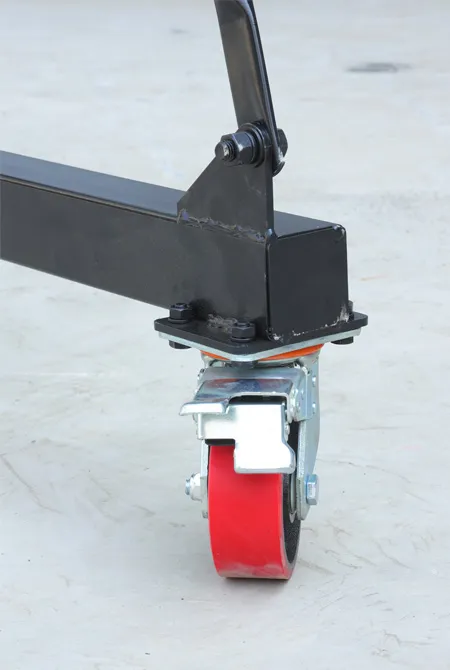High-Performance Steel Lifting Magnets for Effortless Heavy Load Handling and Material Handling Solutions
The Power and Versatility of Steel Lifting Magnets
In the world of industrial lifting solutions, steel lifting magnets have emerged as a crucial tool that enhances efficiency and safety. These powerful devices leverage magnetism to lift and transport heavy steel objects, revolutionizing how industries manage heavy materials. This article delves into the mechanics, applications, and benefits of steel lifting magnets, showcasing their significance in various sectors.
How Steel Lifting Magnets Work
Steel lifting magnets operate on the principles of electromagnetism. When electrical current flows through the coil of wire within the magnet, a magnetic field is generated, allowing it to lift ferromagnetic materials such as steel. The strength of the lift is determined by the magnet’s size, shape, and the amount of electrical current supplied. These magnets can be either permanent or electromagnets; permanent magnets use strong magnetic materials to hold ferrous objects, while electromagnets provide the advantage of being switched on and off, offering greater control during operations.
Applications Across Industries
The versatility of steel lifting magnets enables their application across various industries, including manufacturing, construction, shipping, and recycling. In manufacturing, these magnets are integral to moving heavy steel sheets, blocks, and components in production lines. They reduce the requirement for manual labor, minimizing the risks of injuries associated with traditional lifting methods.
In the construction sector, steel lifting magnets are invaluable for hoisting rebar, steel beams, and other prefabricated components. Their use enhances the speed and efficiency of projects, allowing for quicker assembly of structures. Similarly, in the shipping industry, these magnets improve the efficiency of loading and unloading containers and steel products, ensuring a more streamlined operation at ports.
steel lifting magnets

Moreover, the recycling industry benefits from steel lifting magnets by efficiently sorting and transporting scrap metal
. With the increasing emphasis on sustainability, these magnets play a vital role in recycling operations, facilitating the reuse of metal resources.Advantages of Using Steel Lifting Magnets
The use of steel lifting magnets presents numerous advantages. Key among these is safety. By minimizing the need for manual lifting and handling, the risk of accidents and injuries in the workplace significantly decreases. Additionally, lifting magnets often have a higher lifting capacity compared to traditional lifting devices, allowing for the handling of heavier loads with ease.
Efficiency is another critical benefit. The time savings associated with using steel lifting magnets can lead to increased productivity. These devices allow for quick attachment and release of materials, thereby reducing downtime during operations. Furthermore, their operation is typically quieter compared to mechanical lifting equipment, contributing to a safer and more pleasant working environment.
Maintenance is also simplified with the use of steel lifting magnets. They are generally robust and require little upkeep, aside from occasional inspections to ensure optimal performance. This reliability translates into cost-effectiveness for businesses, as operational disruptions from equipment breakdowns are minimized.
Conclusion
Steel lifting magnets represent a significant technological advancement in material handling processes. Their ability to efficiently, safely, and cost-effectively lift heavy steel components is transforming practices across various industries. As businesses continue to innovate and seek improvements in efficiency, the application of steel lifting magnets will likely expand, solidifying their place as essential tools in modern industrial operations. Whether in manufacturing, construction, shipping, or recycling, the power and versatility of steel lifting magnets are undeniably reshaping the landscape of heavy lifting solutions.
-
The Ultimate Guide to Heavy Machinery Moving EquipmentNewsAug.04,2025
-
The Evolution of Large Equipment MoversNewsAug.04,2025
-
Maximizing Efficiency with PML Magnetic Lifters in Industrial OperationsNewsAug.04,2025
-
Choosing the Best Small Gantry CraneNewsAug.04,2025
-
Innovations in Permanent Lifting Magnet TechnologyNewsAug.04,2025
-
How to Maintain Your Adjustable Gantry Crane for LongevityNewsAug.04,2025
-
PML 6 Lifting Magnet Troubleshooting GuideNewsJul.25,2025
